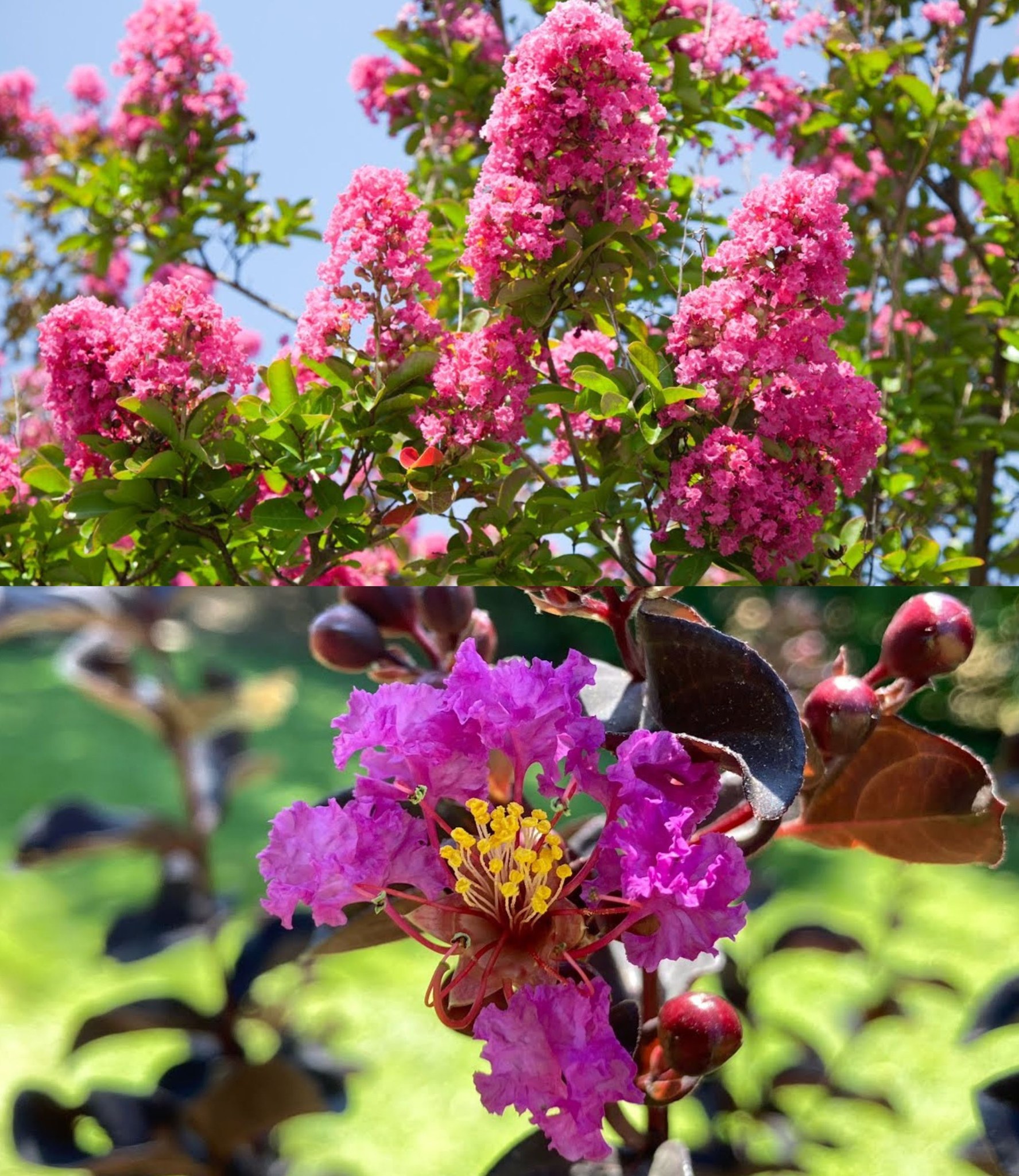
Best Way to Propagate Crape Myrtles from Cuttings: How to Grow Crepe Myrtle Cuttings🌱
Crape myrtles, known for their vibrant blooms and striking bark, are a favorite in many gardens. Propagating crape myrtles from cuttings is a straightforward and rewarding process. By following this guide, you can successfully grow new crape myrtle plants from cuttings.
Step 1: Gather Your Supplies
To begin propagating crape myrtles, you will need the following items:
- A healthy crape myrtle plant
- Clean, sharp pruning shears
- Rooting hormone (optional but recommended)
- Small pots or seedling trays
- High-quality potting mix
- Clear plastic bags or plastic wrap
- Water
Step 2: Select and Prepare the Cuttings
- Choose the Right Time: The best time to take cuttings from a crape myrtle is during late spring or early summer when the plant is actively growing.
- Select Healthy Stems: Choose healthy, semi-hardwood stems that are about 6-8 inches long. These should be mature but still flexible.
- Make the Cut: Using sharp pruning shears, cut the stem just below a node (the point where a leaf attaches to the stem). Ensure each cutting has at least three to four nodes.
- Remove Lower Leaves: Strip off the leaves from the lower half of the cutting, leaving a few leaves at the top. This helps reduce water loss and encourages root growth.
- Optional: Apply Rooting Hormone: Dip the cut end of the stem into rooting hormone powder to enhance root development.
Step 3: Plant the Cuttings
- Prepare the Soil: Fill small pots or seedling trays with a well-draining potting mix. Moisten the soil lightly before planting.
- Plant the Cuttings: Make a hole in the soil with a pencil or your finger. Insert the cut end of each cutting into the hole, burying at least one or two nodes below the soil surface. Firm the soil around the base of the cutting to hold it in place.
- Watering: Water the soil gently to ensure it is evenly moist but not waterlogged.
Step 4: Create a Humid Environment
- Cover the Cuttings: Cover the pots or trays with clear plastic bags or plastic wrap to create a humid environment. This helps retain moisture and promotes rooting.
- Place in Indirect Sunlight: Place the covered cuttings in a bright spot with indirect sunlight. Avoid direct sunlight, as it can overheat and dry out the cuttings.
Step 5: Monitor and Maintain the Cuttings
- Check Moisture Levels: Check the soil regularly to ensure it remains moist. If the soil appears dry, mist it lightly with water.
- Remove the Cover Occasionally: Remove the plastic cover for a few minutes each day to allow air circulation and prevent mold growth.
Step 6: Transplanting Rooted Cuttings
After a few weeks, the cuttings should start to develop roots. You can test for roots by gently tugging on the cuttings; if you feel resistance, roots have likely formed.
- Prepare Larger Pots or Garden Bed: When the cuttings have developed a healthy root system, they can be transplanted into larger pots or directly into the garden. Choose a sunny spot with well-draining soil.
- Transplant Carefully: Gently remove the cuttings from their pots, being careful not to damage the roots. Plant them at the same depth they were growing in the pots.
- Watering: Water the newly transplanted cuttings thoroughly to help them settle in their new location.
Step 7: Care for Your New Crape Myrtle Plants
- Light: Crape myrtles thrive in full sunlight. Ensure they receive at least 6-8 hours of direct sunlight daily.
- Watering: Keep the soil consistently moist but not waterlogged. Water the plants regularly, especially during dry periods.
- Fertilizing: Feed your crape myrtle plants with a balanced fertilizer during the growing season to encourage healthy growth and vibrant blooms.
Conclusion
Propagating crape myrtles from cuttings is an easy and effective way to grow new plants. By following these steps, you can enjoy the beauty of crape myrtles in your garden. With patience and care, your cuttings will develop into healthy, blooming plants that add color and charm to your landscape.
